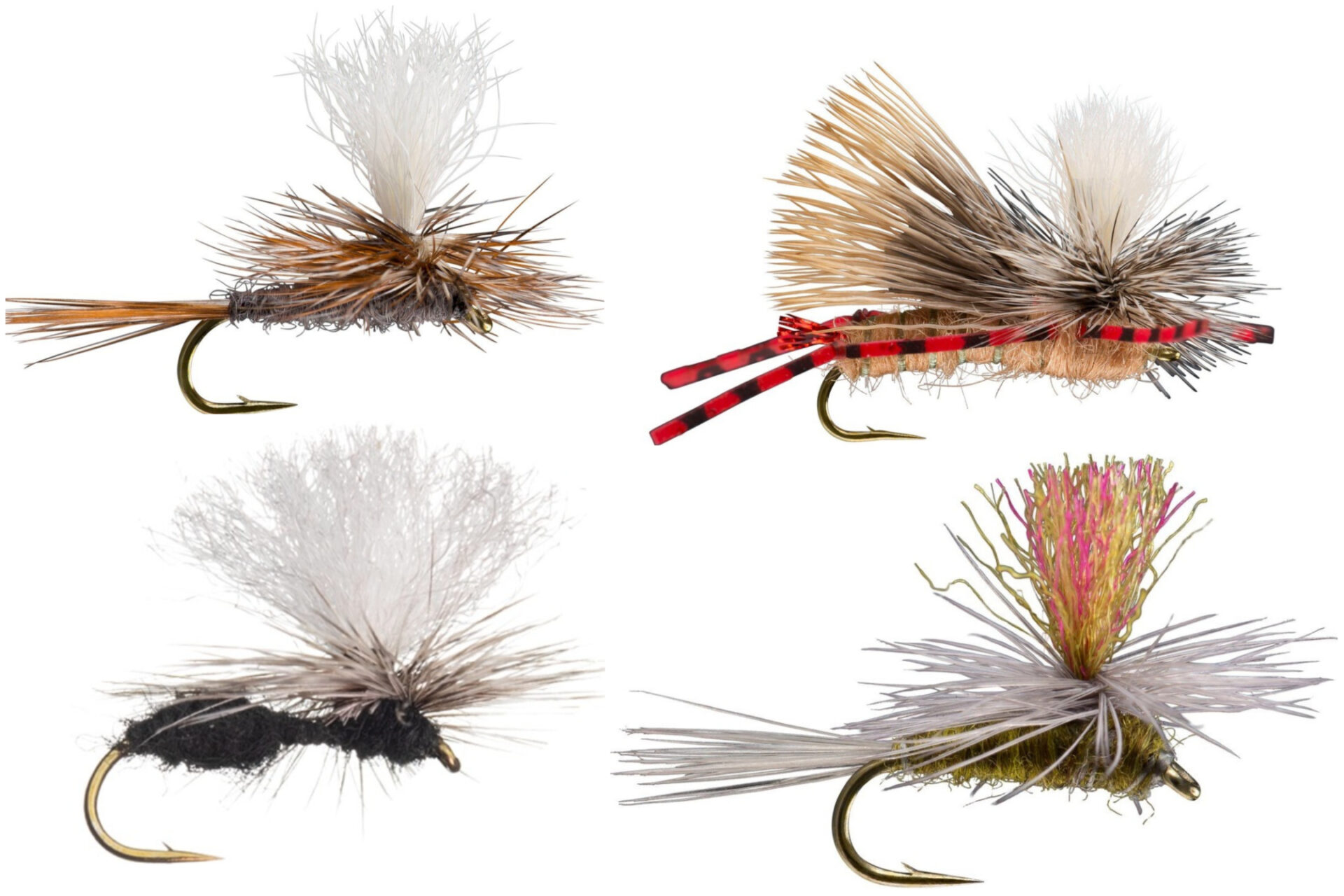DRY REVIVAL
Once ignored, these unconventional dry flies are now a must-have
Advertisement

MODERN APPEAL
Then about a decade ago, I was surprised when I began hearing whispers about parachute flies among fellow anglers. Almost overnight, that whisper became a foghorn. Now the Parachute Adams is firmly ranked among North America’s two or three most popular dry flies, and embraced by a generation of anglers. And like those sturdy, down-stuffed Canada Goose parkas, modern parachute flies are the real deal. They catch fish at least as well as traditional dry flies, and usually better.
The key is the fly’s structure, with the horizontal hackle above the body. This floats the fly right in the surface film, exactly like a newly emerged insect at its most vulnerable. This seems to make it more attractive to fish than high-floating dry flies.
Advertisement
The parachute fly also always lands in the correct upright posture, with the wing invisible to the fish. That means the wing can be tied with bright white—or even pink or chartreuse—material, making it easier for the angler to see. And the better you can see a dry fly, the more skillfully you can fish it. Adding to the appeal, improved tying materials and clever new techniques have made parachute flies less difficult to tie. They aren’t easy, but they’re manageable for tiers of moderate skill. Alternatively, they’re also inexpensive to buy. (For tying tips see page 5 of this story, or click www.outdoorcanada.ca/parachuteflies.)
